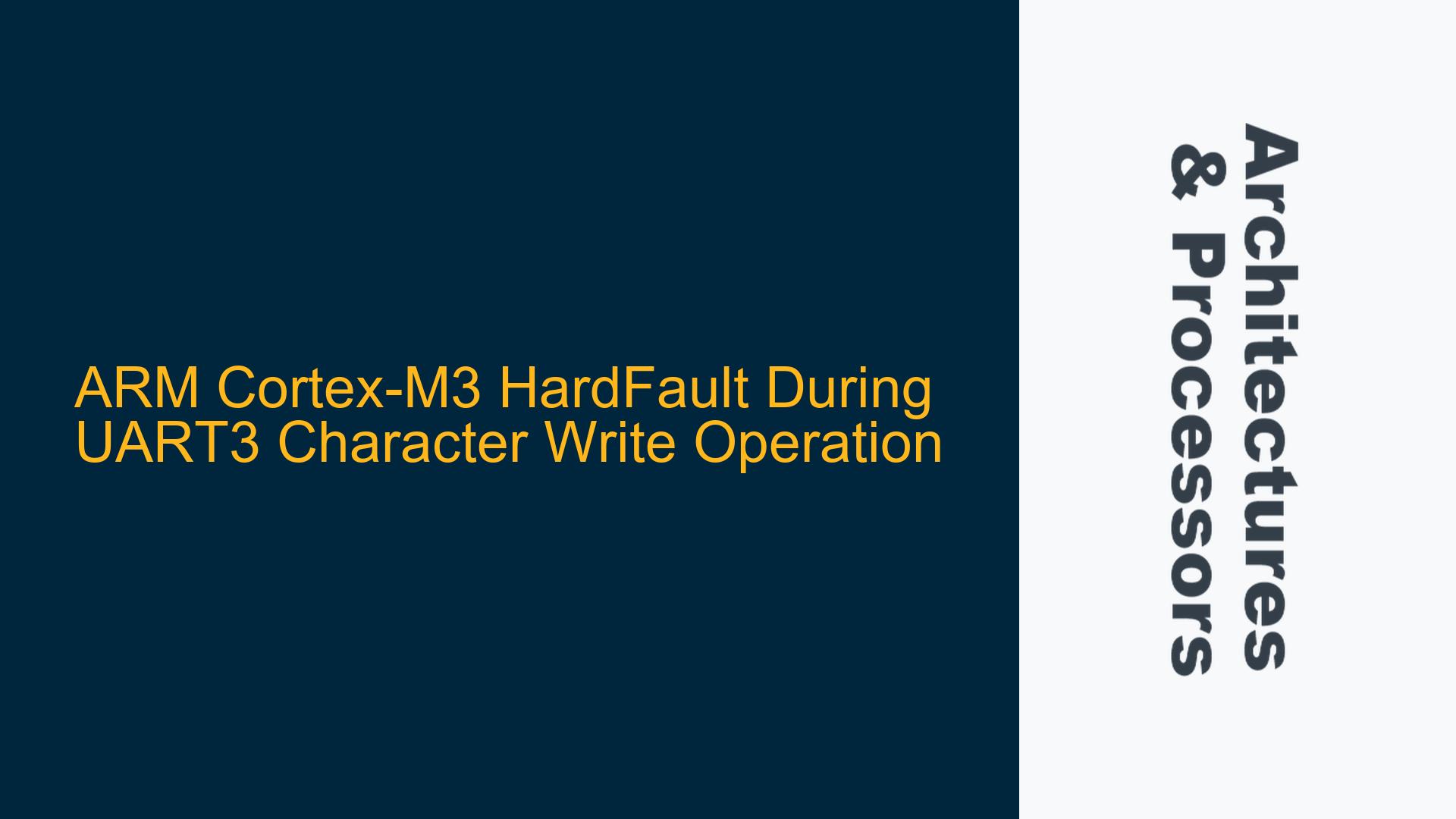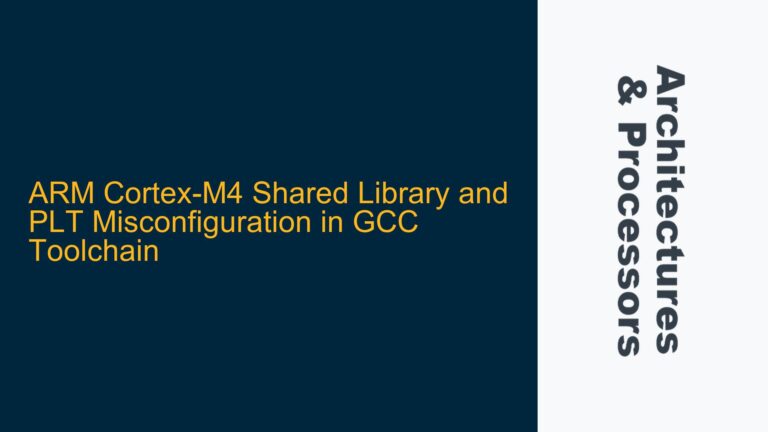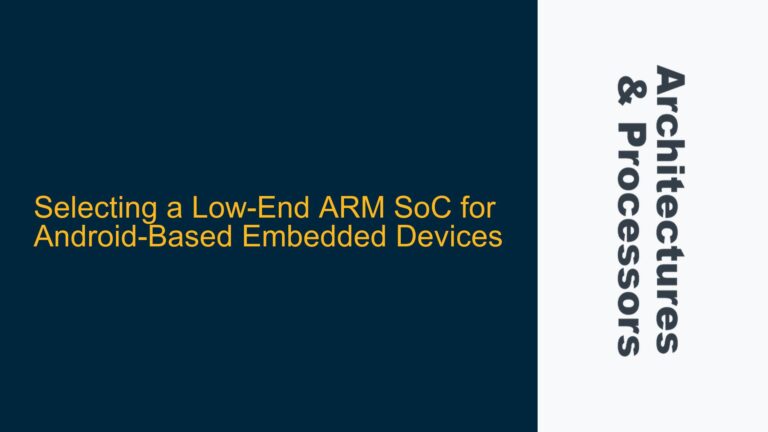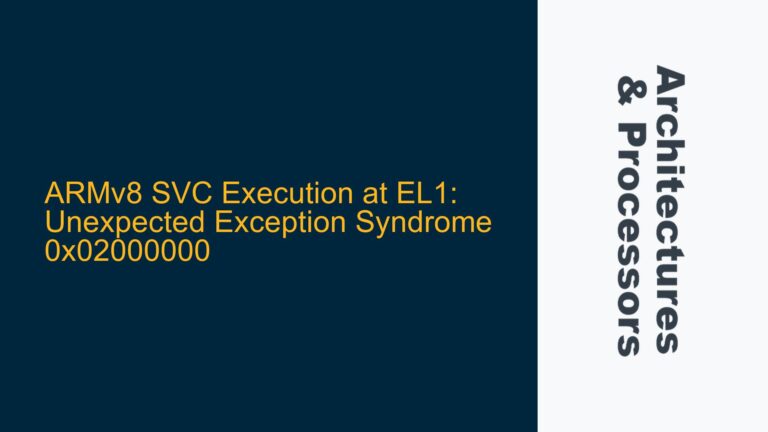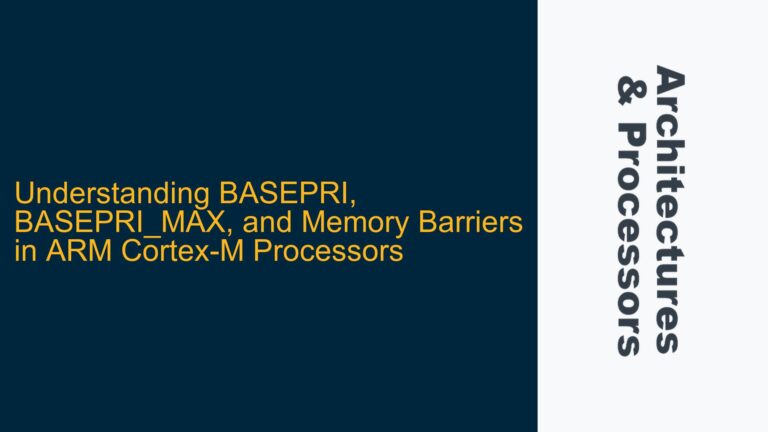UART3 Configuration and HardFault Trigger in BSP_UART3_Write_Char Function
The issue at hand involves an ARM Cortex-M3 microcontroller (specifically the LPC1778) where a HardFault is triggered when calling the BSP_UART3_Write_Char function. This function is designed to write a single character to UART3, but instead of completing the operation, the system enters the HardFault handler. The UART3 peripheral is configured with specific settings, including baud rate configuration, FIFO settings, and interrupt enablement. The HardFault occurs specifically during the execution of the BSP_UART3_Write_Char function, which suggests a problem related to memory access, peripheral configuration, or interrupt handling.
The UART3 configuration involves enabling the peripheral clock, setting the line control register (LCR) for 8-bit data, 1 stop bit, no parity, and enabling the Divisor Latch Access Bit (DLAB) to set the baud rate. The baud rate is configured using the Divisor Latch Low (DLL) and Divisor Latch High (DLM) registers, followed by disabling the DLAB. The FIFO is enabled, and DMA is configured for UART3. Interrupts are also enabled with a specific priority setting. The BSP_UART3_Write_Char function waits for the Transmit Holding Register (THR) to be empty before writing a character to it. However, this operation results in a HardFault.
Misaligned Memory Access and Configuration Register Settings
One of the primary causes of HardFaults in ARM Cortex-M processors is misaligned memory access. The Cortex-M3 has a Configuration and Control Register (CCR) that includes a bit called UNALIGN_TRP (Unaligned Access Trap). When this bit is set, any unaligned memory access will trigger a HardFault. In the context of UART3, the issue could arise from accessing memory or peripheral registers in an unaligned manner. For example, if the compiler generates code that attempts to write to the UART3 THR register using an unaligned address, this could trigger a HardFault.
Another potential cause is incorrect configuration of the UART3 peripheral registers. If the UART3 peripheral is not properly enabled or configured, attempting to write to the THR register could result in a HardFault. This could be due to a missing or incorrect configuration step, such as failing to enable the UART3 peripheral clock or incorrectly setting the baud rate. Additionally, if the interrupt configuration is incorrect, it could lead to an unexpected interrupt that triggers a HardFault.
The use of DMA in conjunction with UART3 could also be a contributing factor. If the DMA is not properly configured or if there is a conflict between the DMA and the CPU accessing the same memory or peripheral registers, this could lead to a HardFault. The DMA configuration in the provided code sets the FIFO trigger level to 4 characters and enables DMA mode 1. If the DMA is not properly initialized or if there is a mismatch between the DMA and UART3 settings, this could cause a HardFault when attempting to write to the UART3 THR register.
Debugging HardFaults and Implementing Corrective Measures
To resolve the HardFault issue, a systematic approach to debugging and corrective action is required. The first step is to identify the exact point at which the HardFault occurs. This can be done by examining the disassembly of the BSP_UART3_Write_Char function and checking the assembly instructions generated by the compiler. This will help determine if there are any unaligned memory accesses or other issues in the generated code.
Next, the Configuration and Control Register (CCR) should be checked to see if the UNALIGN_TRP bit is set. If it is, this could be the cause of the HardFault. To resolve this, ensure that all memory accesses are naturally aligned. This may require modifying the code to ensure that all accesses to the UART3 registers are properly aligned. Additionally, the compiler settings should be checked to ensure that they are configured to generate aligned memory accesses.
The UART3 configuration should also be thoroughly reviewed to ensure that all necessary steps have been taken to properly enable and configure the peripheral. This includes verifying that the UART3 peripheral clock is enabled, the baud rate is correctly set, and the FIFO and DMA settings are properly configured. If any steps are missing or incorrect, they should be corrected.
The interrupt configuration should also be reviewed to ensure that it is correct. This includes checking the interrupt priority settings and ensuring that the UART3 interrupt is properly enabled. If the interrupt configuration is incorrect, it could lead to an unexpected interrupt that triggers a HardFault. The interrupt handler should also be reviewed to ensure that it is properly handling the UART3 interrupt.
Finally, the DMA configuration should be reviewed to ensure that it is properly initialized and that there are no conflicts between the DMA and the CPU accessing the same memory or peripheral registers. If the DMA is not properly configured, it could lead to a HardFault when attempting to write to the UART3 THR register. The DMA settings should be checked to ensure that they match the UART3 settings and that there are no conflicts.
In summary, the HardFault issue in the BSP_UART3_Write_Char function is likely due to misaligned memory access, incorrect UART3 configuration, or improper DMA and interrupt settings. By systematically debugging the issue and implementing the necessary corrective measures, the HardFault can be resolved, and the UART3 character write operation can be successfully completed.
